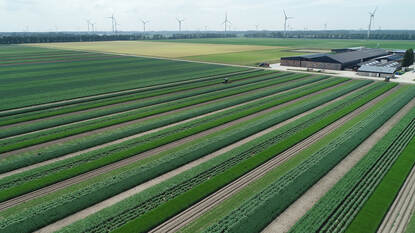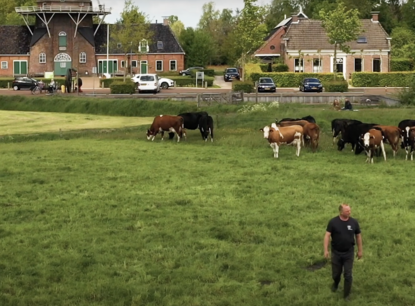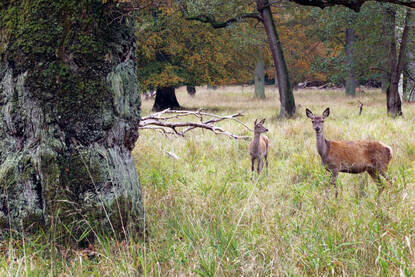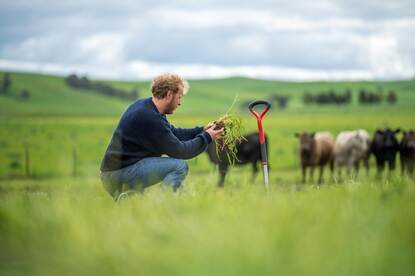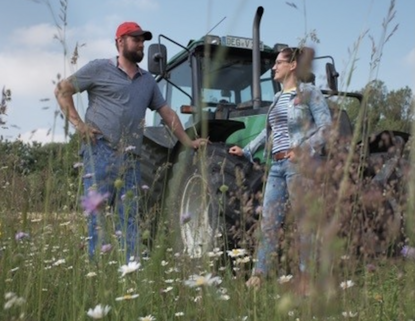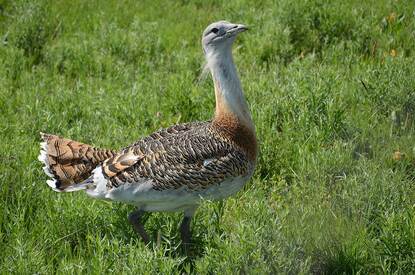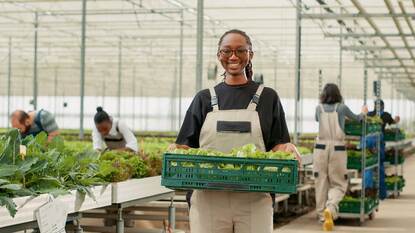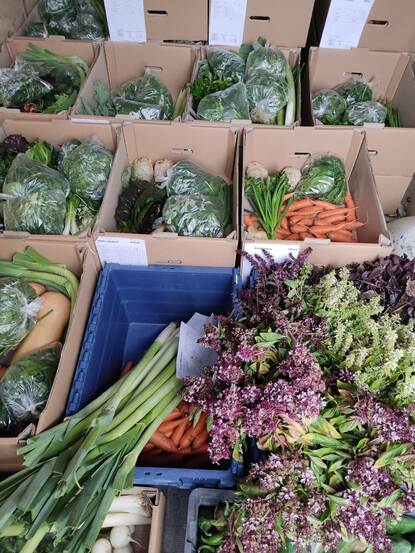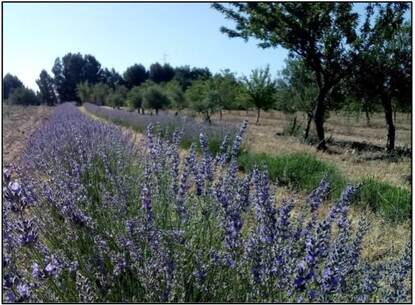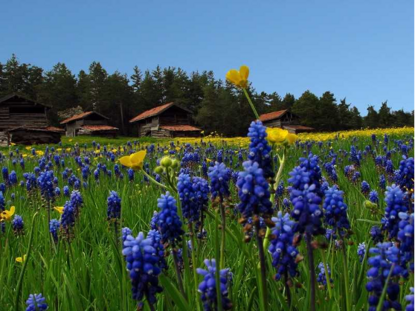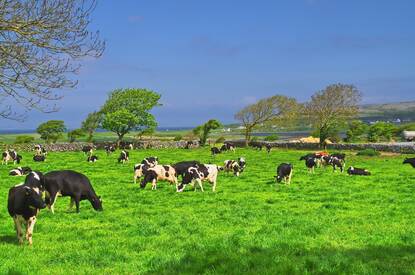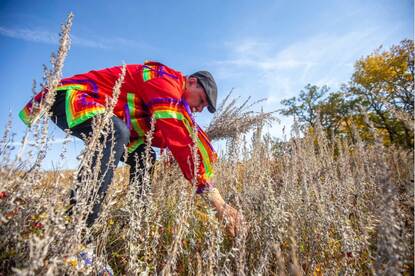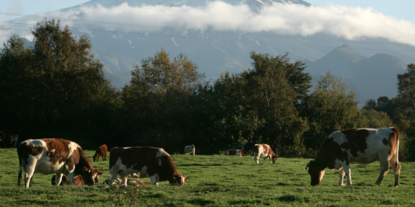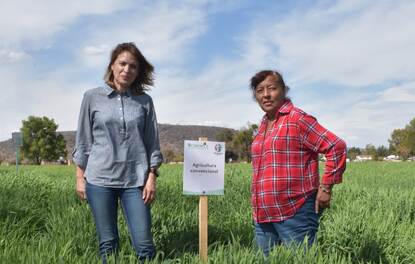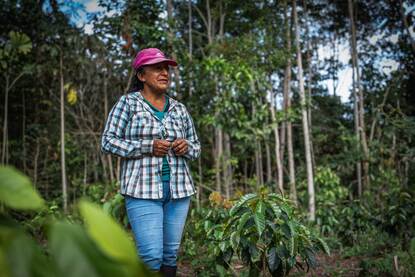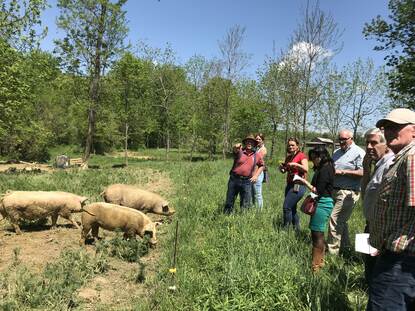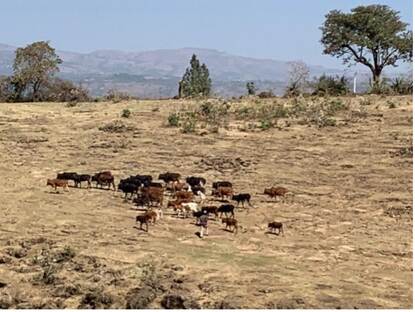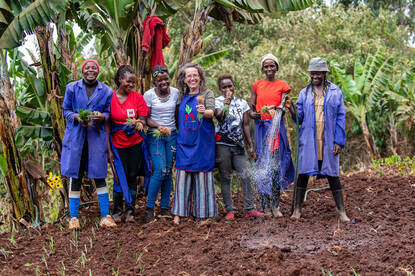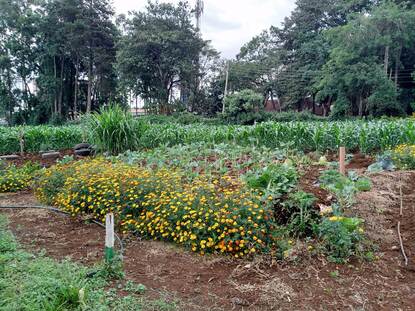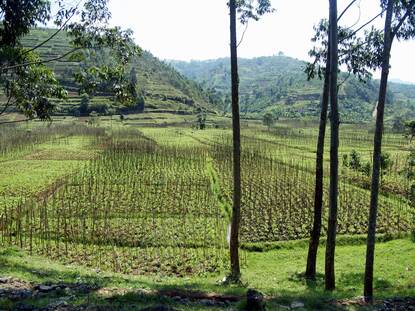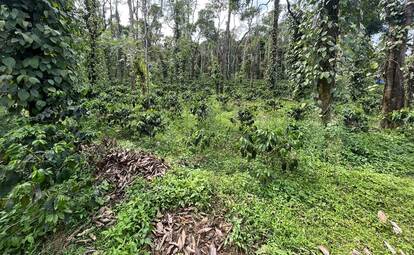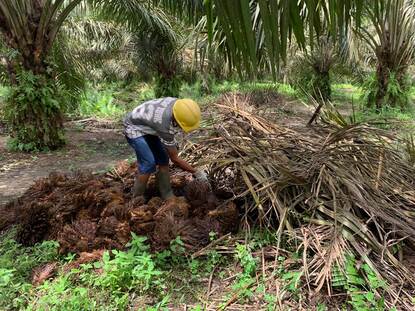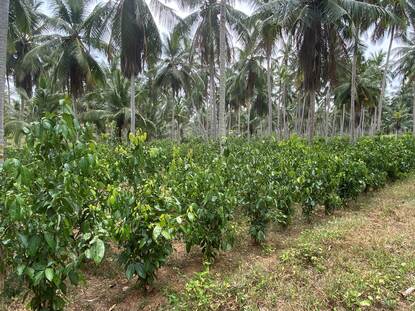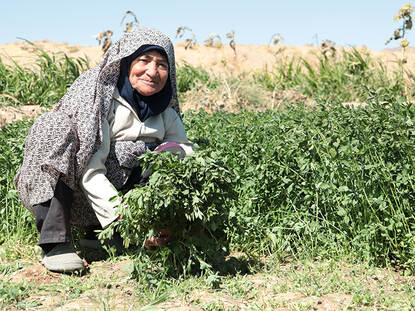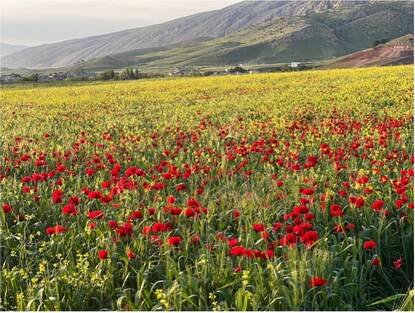The Biden administration has identified climate change as one of its top priorities. Nature-based solutions play a key role in limiting global warming. The Infrastructure Law of 2021 and the Inflation Reduction Act of 2022 are important federal instruments toward the implementation of these nature-based solutions. However, state governments, knowledge institutions and private sector companies also play their part.
The Biden administration wants nature-based solutions to extend to all parts of the United States: it varies from the protection and management of sustainable rural forests and farmland to restoring urban and coastal areas. The goal isn’t only to reach net-zero greenhouse emissions by 2050, but also to remove greenhouse gases from the atmosphere by implementing nature-based solutions. If done correctly, this should contribute to limit the increase in temperature to below 2 degrees Celsius by 2030.
Nature-based solutions also provide an opportunity to improve the living conditions of low-income communities, particularly in cities. These communities often have reduced access to healthy and fresh food and are impacted by the lack of urban trees. This leads to higher heat stress and energy bills. And as a result, to higher debts to energy companies.
‘The Biden Administration wants to use the power of the federal government to scale up nature-based solutions’
Roadmap with strategic recommendations
The Biden Administration wants to use the power of the federal government to scale up nature-based solutions, increase knowledge through communication and education, reduce unintended (policy and regulatory) hurdles and lead by example. In November 2022 the White House issued its policy report Opportunities to Accelerate Nature Based Solutions: A Roadmap for Climate Progress, Thriving Nature, Equity & Properity. This document, which is considered an initial starting point, provides a roadmap for federal agencies with five strategic recommendations: Update Policies, Unlock Funding, Lead with Federal Facilities and Assets, Train the Workforce and Prioritize Research, Innovation, Knowledge, and Adaptive Learning.
Public funding required
The Infrastructure Law of 2021 and the Inflation Reduction Act of 2022 are important financial instruments towards implementing nature-based solutions. While the Infrastructure Law focuses on reducing floods and wildfires, providing clean water, and restoring habitats, the Inflation Reduction Act provides investments in climate mitigation and adaptation strategies, such as forest restoration, conservation and management, coastal habitat restoration, and climate-smart agriculture. Many federal programs require private sector funding to be eligible for government support, thus increasing investments.
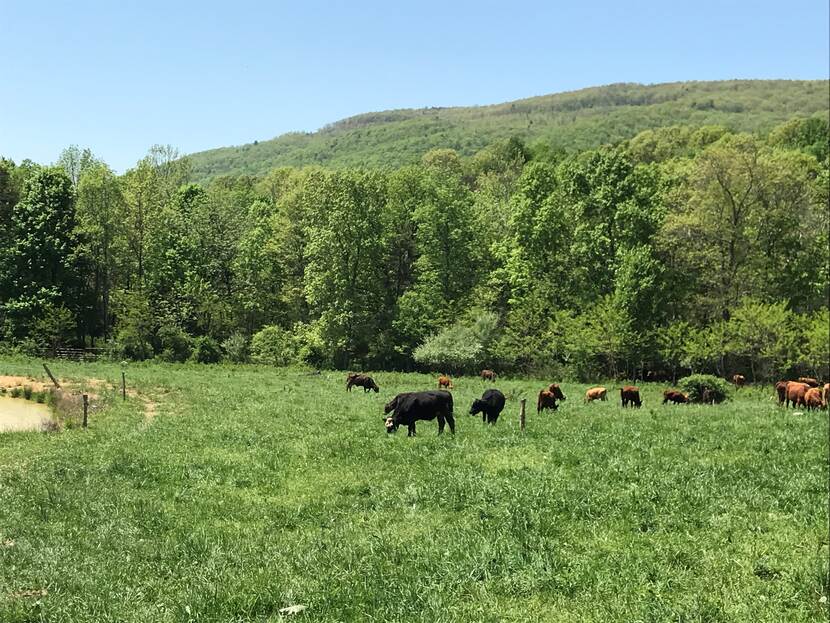
Partnerships for climate-smart agriculture
The US Department of Agriculture (USDA) has developed the Partnerships for Climate-Smart Commodities Program to provide public funding for climate-smart products for stakeholders, including farmers, ranchers, and private forest landowners. The program, announced in February 2022, has financed over $3.1 billion for 141 projects. On average, 50% of each project is funded with federal investments, the other 50% with non-federal funds.
These projects generally involve climate-smart agriculture or regenerative agriculture, including crop management practices that support nature-inclusive agriculture. Examples are the use of cover crops, biochar, precision fertilizer application, cover crops with livestock grazing, no-till/low-till, conservation cover, hedgerows, strip cropping, buffers and interseeding of legumes. Providing assistance to small and/or underserved producers is a significant goal of the Partnership.
Climate Hubs
USDA’s Climate Hubs play an important part in preparing American farmers, ranchers, and land managers for the impact of climate change. With 10 regional hubs spread out over the United States, they work with local producers, develop region-specific tools, and access region-specific resources. USDA’s Climate Hubs provide an extensive array of examples of projects and studies on a wide range of topics, including soil, carbon, water, urban, crops, bioenergy, animal, grazing lands, pollinators, and communities. Some examples are:
- Growing of milkweed in Vermont for the seed and floss fiber production and to benefit pollinators and support monarch butterfly habitats.
- Farming on a saltier coast.
- Rotational grazing for climate resilience.
- How creating pollinator habitat can help Northeast farmers adapt to climate change.
- Understanding forest soil carbon and useful resources for real-world management applications.
- Carbon sequestration: building nature-based solutions for farms and forests (video)
State initiatives
Next to these federal initiatives, state governments and knowledge institutions also play an important part in the implementation of nature-based solutions. For example, the Department of Agriculture in Pennsylvania has created a new leadership position, a Statewide Director of Conservation and Innovation, dedicated to accelerating sustainable and climate-smart agriculture through technological advancement. The topics of climate change and sustainable agriculture are inherently transdisciplinary issues that require a team approach. The director aims to weave together people and opportunities involved in these spaces that may not normally interact. A few weeks ago, the new Director came to visit the agricultural team at the Netherlands embassy in Washington.
Another example is the Minnesotan Department of Agriculture (MDA)’s Climate Action Framework, which outlines what must be done to achieve a carbon-neutral, resilient, and equitable Minnesota. The framework includes the goal to achieve climate-smart natural and working lands. MDA promotes land management practices that enhance climate resilience, increase soil organic carbon content, and reduce erosion, while also managing agricultural landscapes to hold nitrogen and retain rain and snow.

Forever Green initiative
In addition, the Forever Green Initiative at the University of Minnesota is developing new crops for farmers with positive conservation outcomes. These newly developed and improved winter-hardy annual and perennial crops protect soil and water, stimulate soil health and regenerative agriculture, and provide additional revenues to farmers. The Forever Green Initiative’s portfolio includes over 15 crops, such as Kernza® perennial grain, winter camelina and pennycress. They are each supported by a multidisciplinary team with expertise in the areas of genomics, breeding, agronomics, natural resource sciences, food science, sociology, economics, and commercialization.
The Forever Green Initiative’s Director of Adoption and Scaling, Colin Cureton, is participating in the Fresh Ventures Studio in Rotterdam, Netherlands from May-July, 2023 to develop steward-owned ventures that advance production and market opportunities in the Netherlands and EU for crops Forever Green is developing such as Kernza. These new crops could reduce inputs and nitrogen loss while providing economically-viable alternatives for the dairy and arable farming sectors in the Netherlands, all while bringing exciting new regenerative agriculture products to market. For more information and potential partnerships reach out to Colin directly at cure0012@umn.edu, by phone at +16127504967, or on LinkedIn.
Innovation mission alternative proteins to US and Canada
During the Alternative Proteins innovation mission to the US and Canada, which will take place from June 19 – 23, 2023, the members of Forever Green will travel to Calgary (Canada) and Minneapolis.
Fortune 500 companies
Private sector companies are involved as well. Minnesota is home to many renowned Fortune 500 companies, including General Mills and Cargill which have their headquarters in Minneapolis. General Mills aims to drive regenerative agriculture on 1 million acres by 2030, by working together with farmers and advisers to provide technical assistance on how to adopt regenerative agriculture practices.
Cargill has launched a new regenerative agriculture program that pays farmers for improved soil health and positive environmental outcomes, including payment per metric ton of carbon sequestered. Cargill is committed to advancing regenerative agriculture practices across 10 million acres of land.
Contact
Would you like to know more about the current developments in the domain of agriculture and nature in the United States or contact the agricultural team at the Netherlands Embassy in Washington?
You can visit the country page of the United States at the website agroberichtenlandbuitenland.nl of the Netherlands ministry of Agriculture, Nature and Food Quality. You can also send an email to WAS-lnv@minbuza.nl


